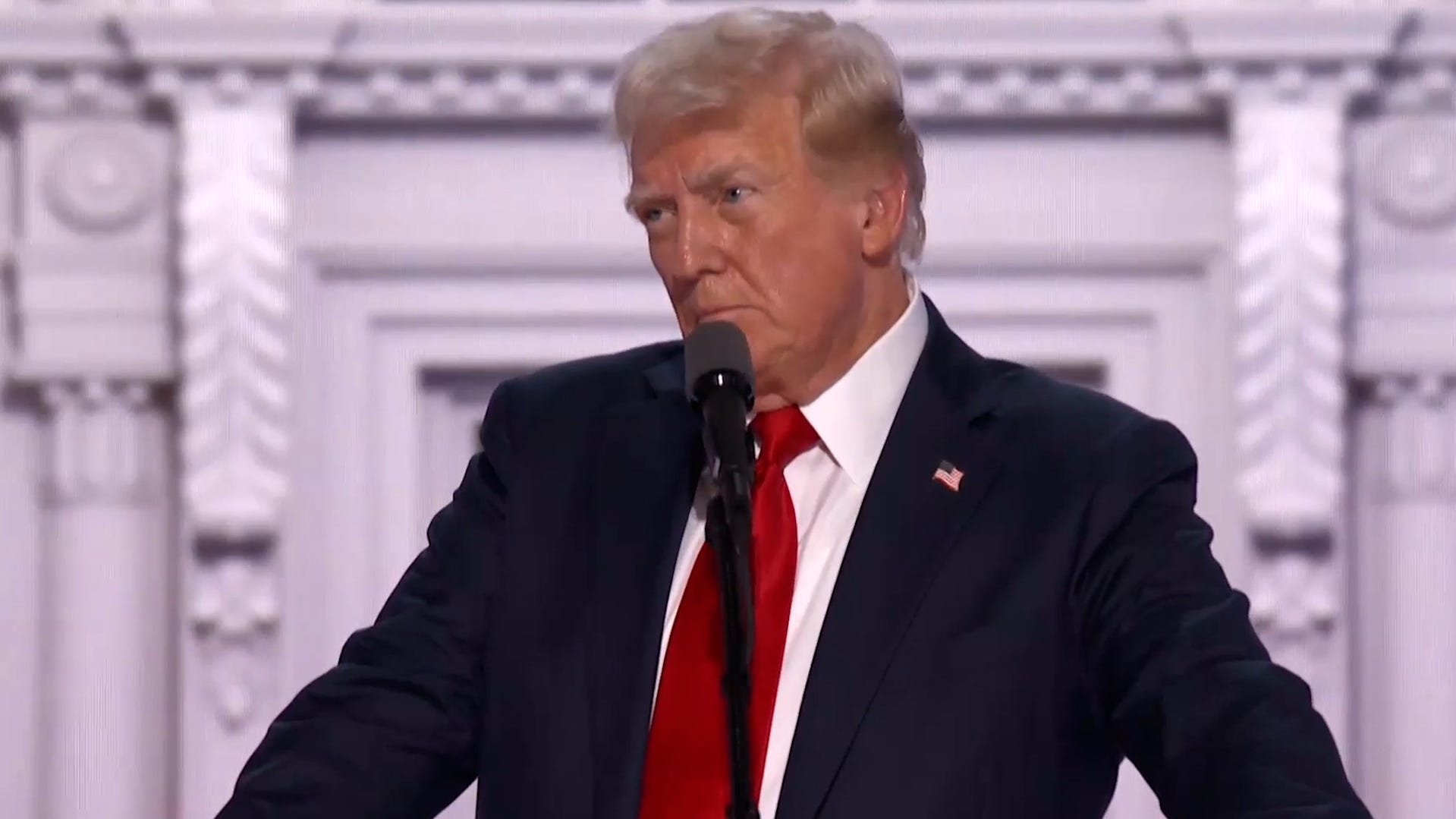One year after Trump’s attempted assassination, how politics has changed

- Every modern president has been targeted by would-be assassins, but none of the failed attempts have resonated more.
- Trump's defiant response in Butler, Penn., may have fueled his big Election Day gains among male voters.
- "It was the hand of God," Trump said about his survival. "He was there."
What becomes a legend?
On that list would surely be an assassination attempt that grazed the ear of a former-and-future president, prompting a flash of fist-pumping defiance that became instantly iconic.
One year ago, the shooting of Donald Trump at a campaign rally in Butler, Pennsylvania, was an extraordinary news story in the moment − and an event that would reverberate for him and in the American landscape.
Violence isn't new to the nation's politics, of course. Four presidents have been assassinated in office − Abraham Lincoln and James Garfield in the 19th century and William McKinley and John F. Kennedy in the 20th − and every modern president has been the target of serious assassination plots.
Ronald Reagan was seriously wounded by one. In the space of 17 days, Gerald Ford faced two separate attempts by women with guns, in one case an attack that left a bystander shot.
But none of the failed or forestalled attempts has had more continuing impact and attention than the shooting on July 13, 2024.
Trump's defiant response helped clinch a campaign that had begun heading his way. It increased his stature with such prominent figures as Elon Musk and Mark Zuckerberg, not to mention a rising number of male voters. Surviving such a close call emboldened the new president himself once he moved back into the Oval Office.
And it bolstered the view of Trump and some of his supporters that even God was on his side.
Like Teddy Roosevelt, Trump's miraculous luck
Not since Teddy Roosevelt has a current or former president embraced surviving an assassination attempt with such fervor, as a sign of something meaningful and important.
In 1912, Roosevelt was a former Republican president campaigning for another term as the nominee of the Progressive Party he had formed, nicknamed the Bull Moose Party. He avoided serious injury when a bullet fired by a would-be assassin was slowed by passing through the candidate's metal glasses case and a thick copy of his speech ("Progressive Cause Greater Than Any Individual") before penetrating his chest.
"I don't know whether you fully understand that I have just been shot," he told the crowd outside the Gilpatrick Hotel in Milwaukee, "but it takes more than that to kill a Bull Moose!"
He delivered his full speech before getting medical attention, then carried the bullet in his body for the rest of his life after doctors determined it would be too risky to remove it.
More than a century later, Trump, another former Republican president seeking a second term, was spared serious injury by his own seemingly miraculous twist of fate. He happened to turn his head to point to a chart showing illegal border crossings at the instant a bullet fired by a sniper on a nearby rooftop whizzed by, grazing his ear.
Had it come an inch closer, the injury could have been catastrophic; instead, it required only stitches and a bandage, though he says his ear still throbs from time to time. A man in the audience was struck and killed in a series of gunshots before a Secret Service sniper killed the shooter.
Days later, in his acceptance speech to the Republican National Convention − in Milwaukee, site of Roosevelt's near-miss and just three blocks from the former site of the Gilpatrick Hotel − Trump recounted the assassination attempt in dramatic detail. His right ear was covered with a folded white bandage.
"I stand before you only by the grace of almighty God," he told the spellbound audience. He vowed never to speak of the shooting again, a promise he would break within weeks.
Now, every visitor taking the White House tour walks by a painting that depicts the moment he rose after being tackled by Secret Service agents, pumping his fist in the air. With blood streaking down his face, he shouted "Fight! Fight! Fight!"
"Some new artwork at the White House," the official White House account posted on the social media platform X, with emoji eyes. President Barack Obama's official portrait was moved to clear the prime space in the foyer of the State Floor for the new painting.
High-top sneakers and expensive perfume recall the day
"It was the hand of God," Trump told journalist Salena Zito the day after the shooting. "He was there."
In her new book, "Butler: The Untold Story of the Near Assassination of Donald Trump and the Fight for America's Heartland," being published July 8 by conservative imprint Center Street, Zito writes that the shooting fueled the then-78-year-old's determination to get big things done in office − even more than during his turbulent first term.
At the time of the shooting, President Joe Biden was in free fall after a faltering performance in the June 27 presidential debate raised questions about his mental acuity. He would eventually withdraw as the Democratic standard-bearer.
Two weeks after the debate, Trump's extraordinary response to the shooting prompted some skeptics to take a second look at him. Later that day, Musk announced he was endorsing Trump. His machismo may have been especially appealing to some male voters. On Election Day, the Pew Research Center calculates he carried men by 12 percentage points after only breaking even in 2020.
And there's this: A company Trump owns sold out of its $299 limited-edition high-top sneakers that showed an image of his bloodied face on each side − "eye-catching and unapologetic," the description said. Last week, the site began to offer $249-a-bottle cologne with a name peculiar for perfume but distinctly Trumpian: "Fight Fight Fight."